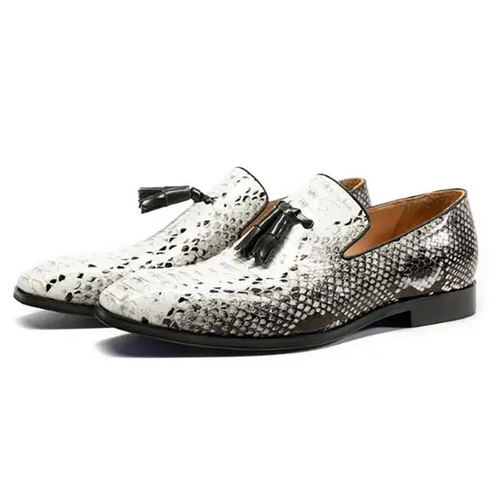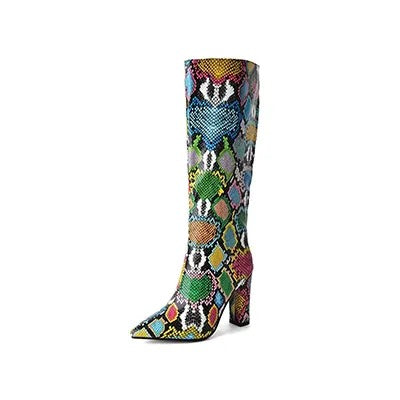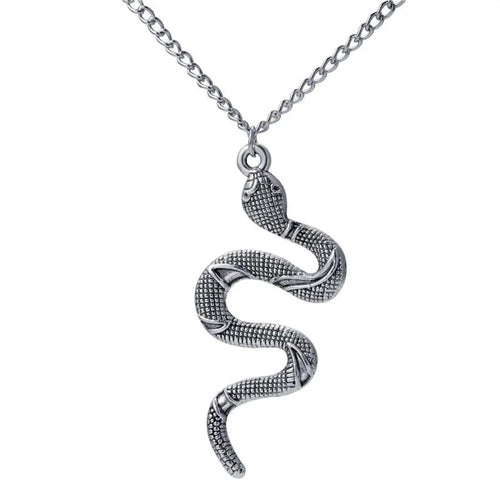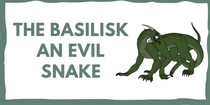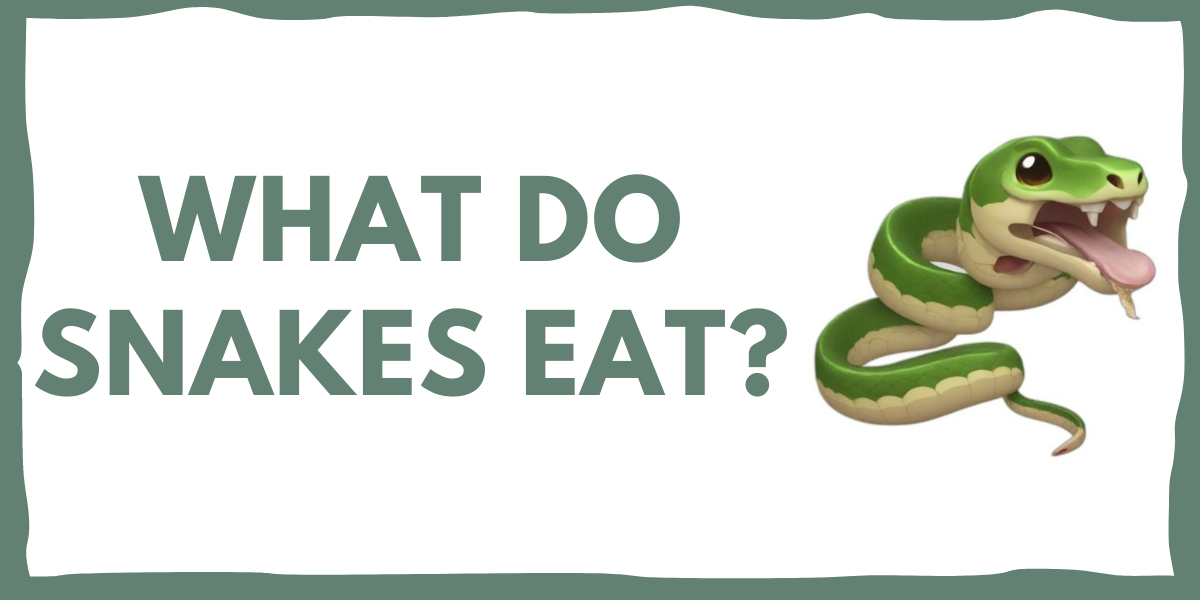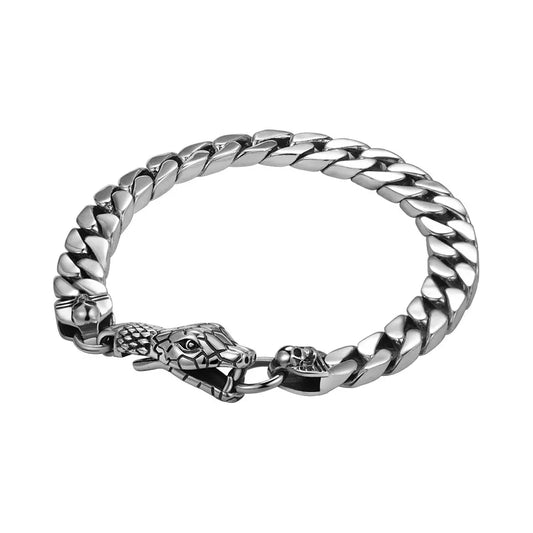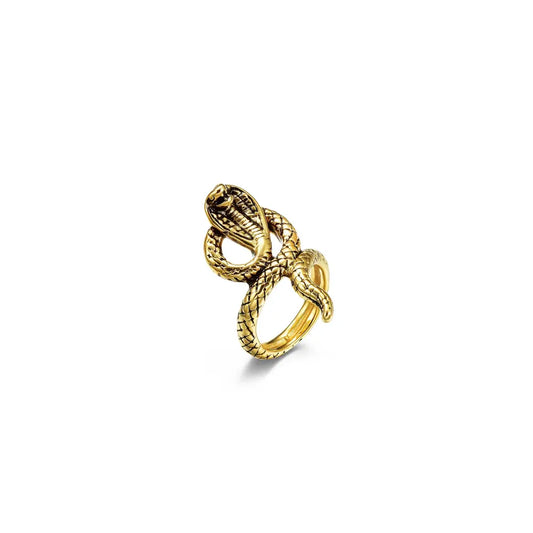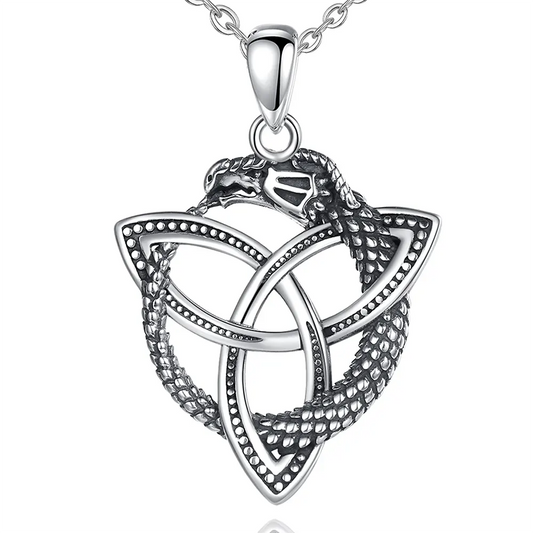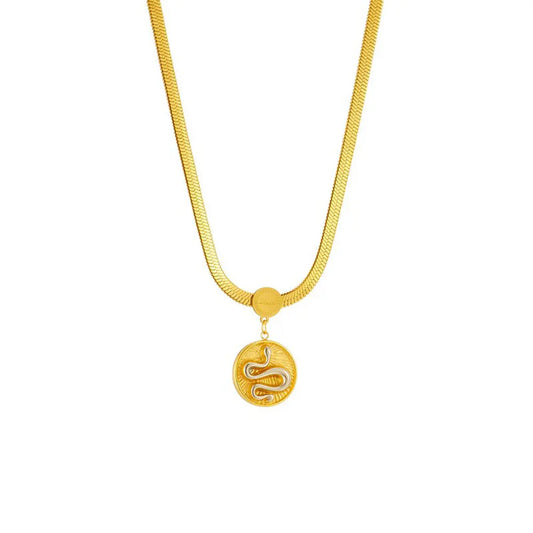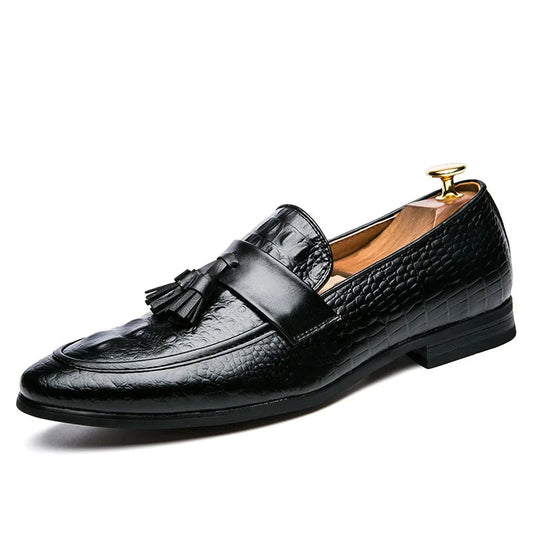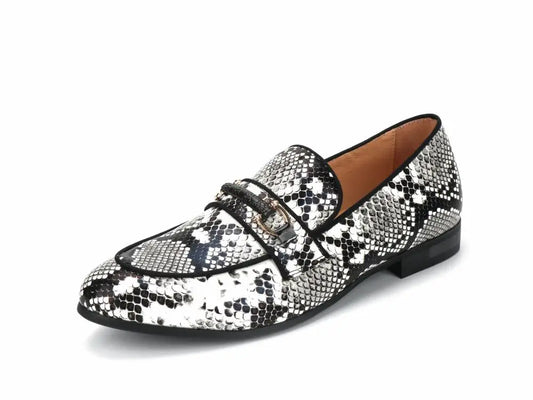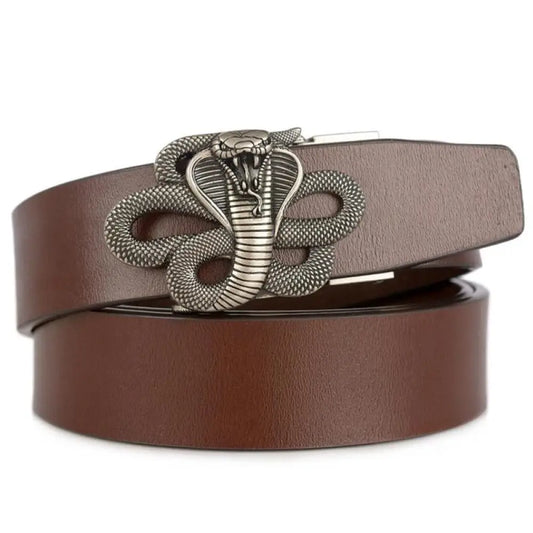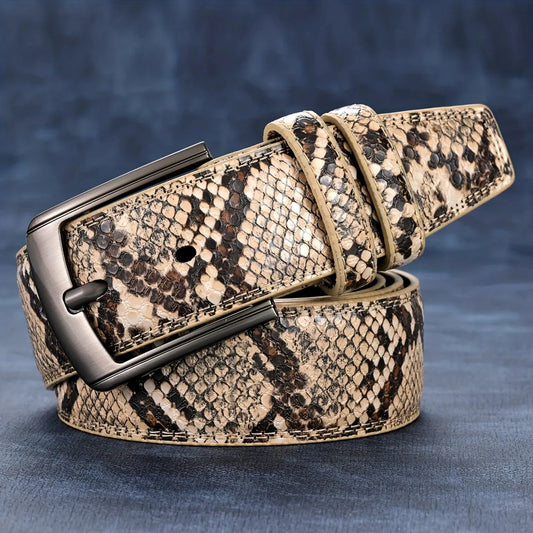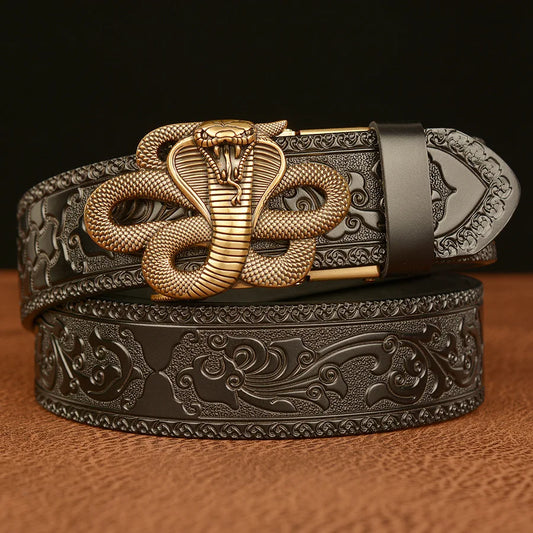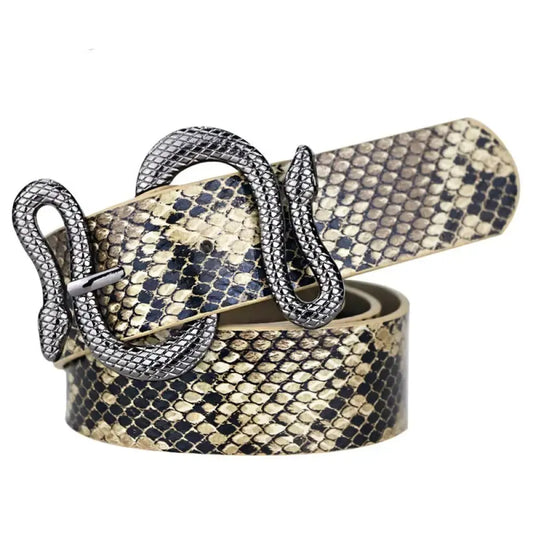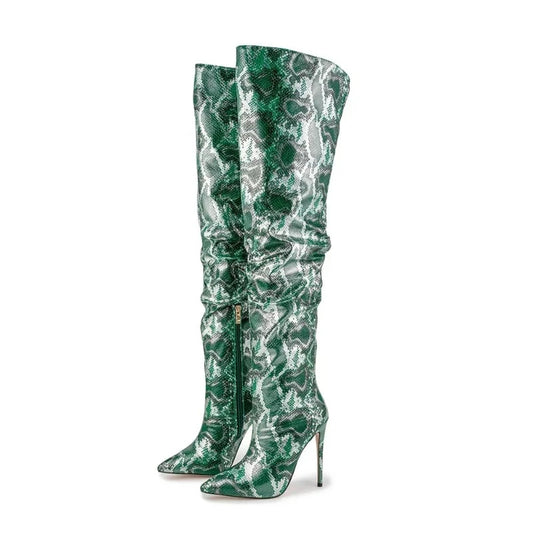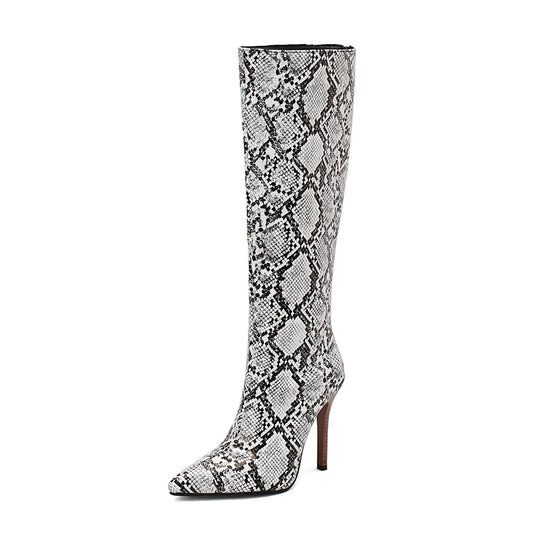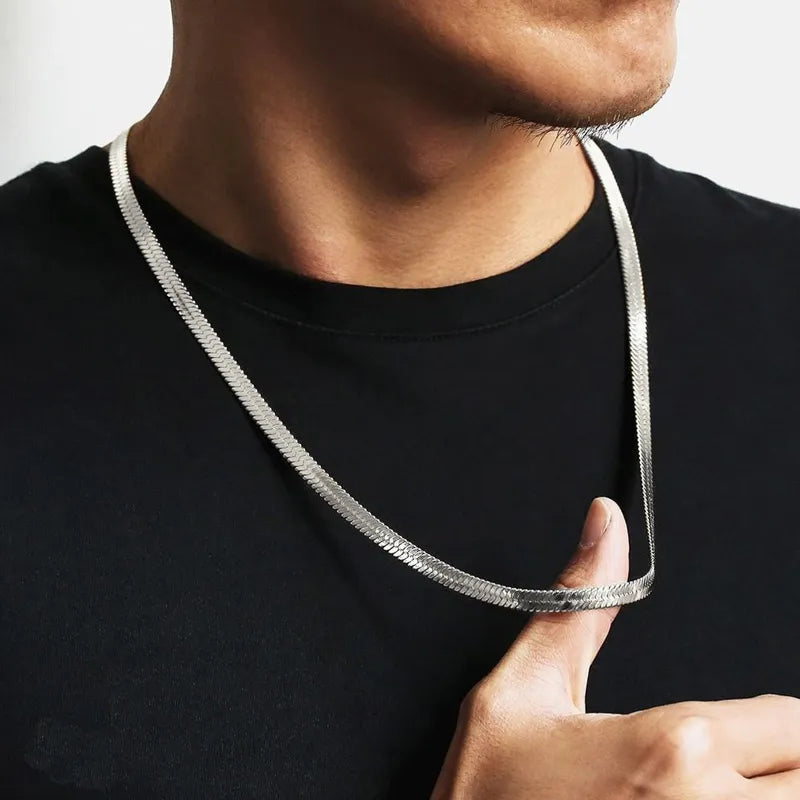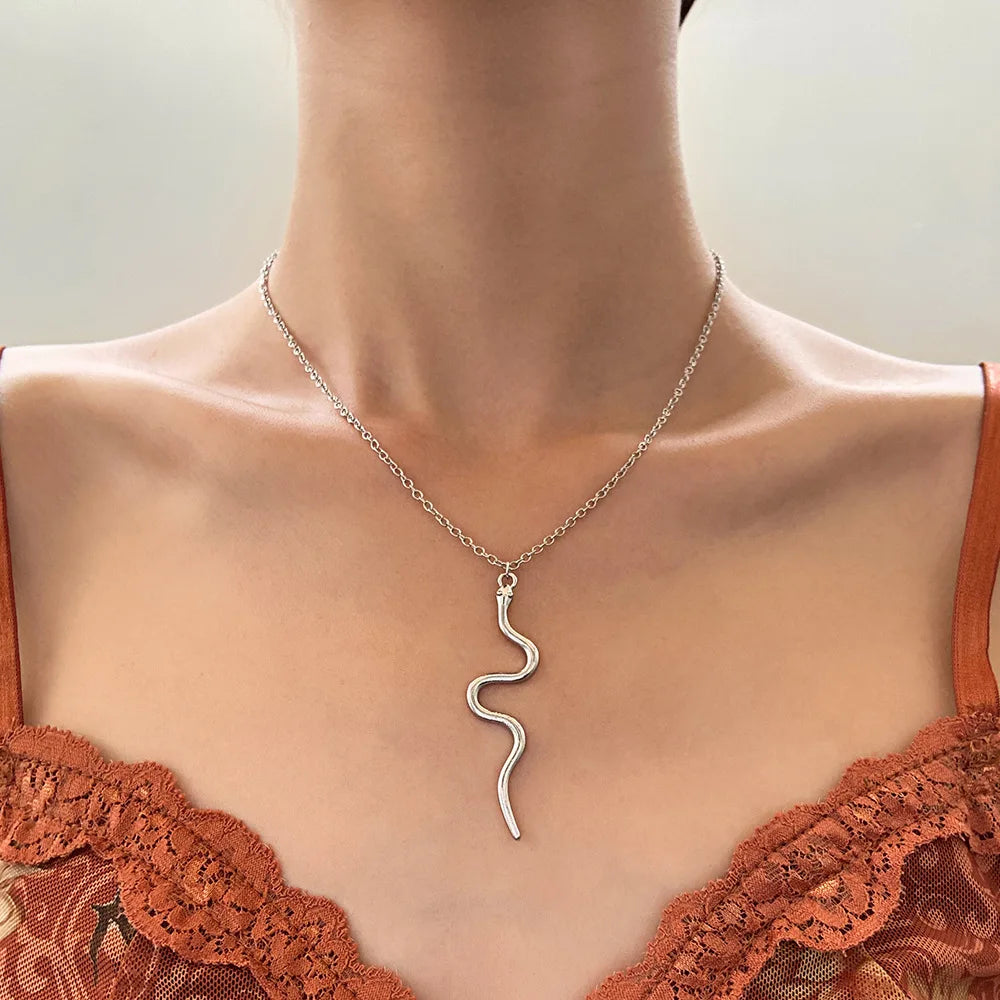Being part of the reptile family, we have a large number of species. Their habitat but also their feeding habits (Geographic) differ a lot. They are very silent crawling with their elongated bodies like an invertebrate (Careful we didn't say they are one of them. They are just legless). All snakes are carnivores but, depending on the species, eat a very wide variety of prey, from ants to antelopes, provided they are alive or recently dead. Although without limbs, they are impressive predators.
They all swallow their prey sometimes harmless whole, some ingesting small, defenseless live animals, others killing large prey by smothering it or with their venom (poison). For the most part, they can eat rabbit, spider, turtle, mice, rats (black rat), chicks, guinea pigs, rabbits. Some specimens feed on fish, insects, lay eggs, or small rodents. The food given must be proportional to the size of the snake. Don't give it too big a prey; it might regurgitate it! Do you want to learn how to hunt? Then the snake is one of the best teachers that exist partly due to its cold-free sound, unlike many warm-blooded animals (mammal*,...).😉
To remind you of the diversity of these species, here are some types: Sea snake or water snake, Fox snakes, Indigo snake, Ringneck snake, Cornsnake, King Cobra, ribbon snake, bull snake, Rattlesnake, Python, Black Mamba, Grayish Anaconda, Eastern Massasauga, Eastern diamondback rattlesnake, Eastern hognose snake, Burmese Python, Common garter snake..:

You can give your snake live young, freshly dead, or thawed prey. It's best to feed your snake with thawed or dead rodents because sometimes snakes can't defend themselves against their prey. If your snake is not used to eating thawed or dead rodents, it may not eat. In that case, offer it live rodents. It is important to note that a snake should not live with its food. If it does not eat it during the day, you must remove it.
Tip: Feed your snake in the evening. It is more active than during the day (I know snake food is very difficult to handle.🙄)
Types of prey
Some snakes are specialists, feeding on only one group of animals, such as slugs or snails, or even a single species. Others are generalists, eating just about anything they can swallow, they are dangerous snakes ⚠️. Many aquatic or amphibian species eat freshwater, including some viperids. Three species of marine snakes feed only on fish eggs along coral reefs and have therefore lost their venomous apparatus throughout evolution.
Many species eat frogs, toads or salamanders. From their snub-nosed snouts, the heterodont unearths toads buried in the ground to escape the summer drought. Other species hunt frogs at night: the northern Leptodeira, the Leptodeira septentrions, feasts on their leaf-bonded spawning.
1. Live prey
Snakes that eat frogs, toads, and fish, all defenseless, have little problem controlling their prey. They can swallow them alive, although they sometimes have to turn them in their mouths to ingest them headfirst. Very young prey is also a good target.
2. Passive Predation
Some snakes do not actively seek their food but wait for it to come to them. Especially with the rattlesnakes, the Boids, and Pythons. Predators that hunt on the look-out has a stocky and heavy body, which serves as an anchor when they attack. They are well camouflaged so that prey can approach them without spotting them (Woodlands). Some species sense the presence of prey with their heat-sensitive dimples and can bite accurately even in the dark (There are no blind snakes). Many have to wait a long time, returning to the same lure several nights in a row, before they can make a successful catch.
Some post themselves in a place where prey (often mammals) are accustomed to passing by. They probably identify by smell 👃. Others attract them by using the tip of their tail, which is often colored differently from the rest of the body and resembles a worm or caterpillar. The snake lurks, partly hidden in the sand or among the vegetation, and loops itself so that the lure is close to its head. If a target appears, the snake waves its tail and bites when the prey approaches to examine it.
3. Oophagy 🥚
Several snakes eat soft-shelled eggs, such as those laid by lizards or other snakes, and a few with varied diets eat bird eggs. Dasypeltis, or African egg-eating snakes, feed exclusively on bird eggs and have acquired unique traits for processing hard shells. All six species of snakes have cervical vertebrae with spiny apophyses protruding from the throat. They use them to saw off the top of the eggshell, allowing the snake to swallow the contents without the shell, which would otherwise take up a significant amount of space in its stomach. Yes, that's the way it is, some give birth to eggs and some feed on them, it's the law of vegetation (I don't speak about small snakes, of course).
Here's how it happens in a lot of moments:
A. Gobbling the egg
The snake opens its jaws wide and starts to swallow an egg twice as big as the diameter of its head by pushing it in slightly.
B. Breaking the shell
In the throat, the downwardly protruding spinous processes are moved back and forth to saw off the top of the shell.
C. Swallowing the contents of the egg
The shell begins to bend, the muscles in the snake's throat contract in waves to extract the contents, which flow into the stomach.
D. Regurgitate the remains
Once the egg is empty, the snake brings it back into its mouth and regurgitates it in the form of a ball held by a sticky membrane.
4. From the tip of the tail
The tip of the tail is bright yellow and is used as a lure to attract small frogs or lizards. As the snake grows older, the coloring of the tail gradually fades, the snake changes its hunting technique and chooses other prey.
5. Active predation
Other snakes go in search of their food. Nocturnal species seek sleeping lizards in rock crevices or among the vegetation. Some species probe rodent burrows, tree holes, and other shelters. Slug snakes stalk snails or slugs, following their slime trail, and many others hunt by smell. Larger-eyed snakes hunt during the day, using their eyesight to spot prey. They are often long and slender in shape and can raise their heads above the ground to watch their surroundings. If they see or smell a victim, they will sneak up and then suddenly attack.
6. Manufacturers
Small prey, such as frogs (Amphibians family), can be swallowed alive, but larger ones may resist or struggle, and must, therefore, be killed before being eaten. Some snakes use their venom, and others use constriction. Present in several families, constrictors (e.g., Coluber constrictor) are most often associated with boudoirs, pythonids, and various groups of colubrids. A constrictor suffocates its prey by wrapping its body around its victim and then squeezing it until it stops breathing.
Poisonous snakes will inject the poison into their prey with a fatal bite when they catch it. Non-venomous snakes rather use constriction to asphyxiate amphibians, for example (This is a bit unfortunate for Herpetology).
7. Killing by constriction
The constrictors, such as the python of Seba, wrap their bodies around the prey and tighten their rings when it exhales. The victim dies from asphyxiation rather than crushing. Rings can also restrict blood flow. Their best weapon is the strength in their tails.
If you want to have a snake as a pet, we advise you to visit pet stores known for their quality. You should be aware, if it's your first pet because these animals are very dangerous in some cases, the bite of a snake can be lethal for an adult. You can use terrariums or cages, but of course, it's always better to keep them in the open air. And if you already have a snake, then a mate will be a good idea.
There are hundreds of reasons to wear a Snake Ring, and today we will look at the five main reasons for wearing this wonderful jewel. Surprisingly, it's a whole culture, belonging, and style that will cling to everything you wear around your finger!
If you want to give importance to its material, you can, of course, find it in a silvery material for its shiny side, gold-plated for the luxurious side, but also in stainless steel or ceramic material to remain classic (and at a very affordable price). 👍
Of course, you've come to the right place to find the snake ring you've always dreamed of, for all tastes, all prices, and above all, with a design that will take you to a level of style that has nothing to do with your surroundings.
* One of the characteristics of the mammary gland is the presence of mammals.
































































